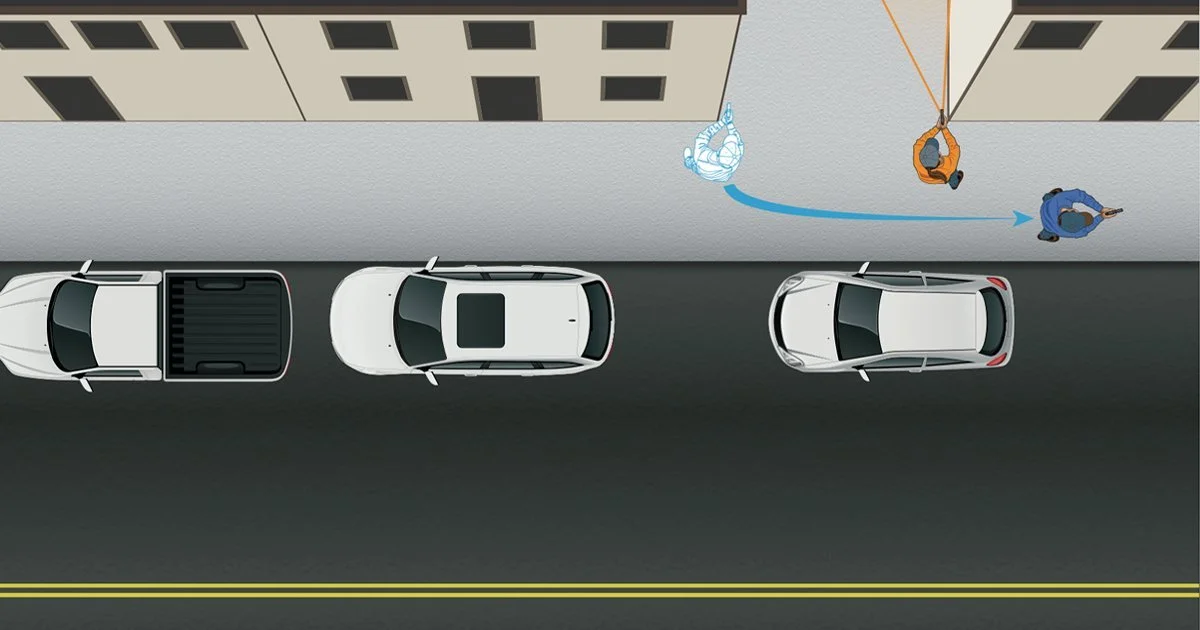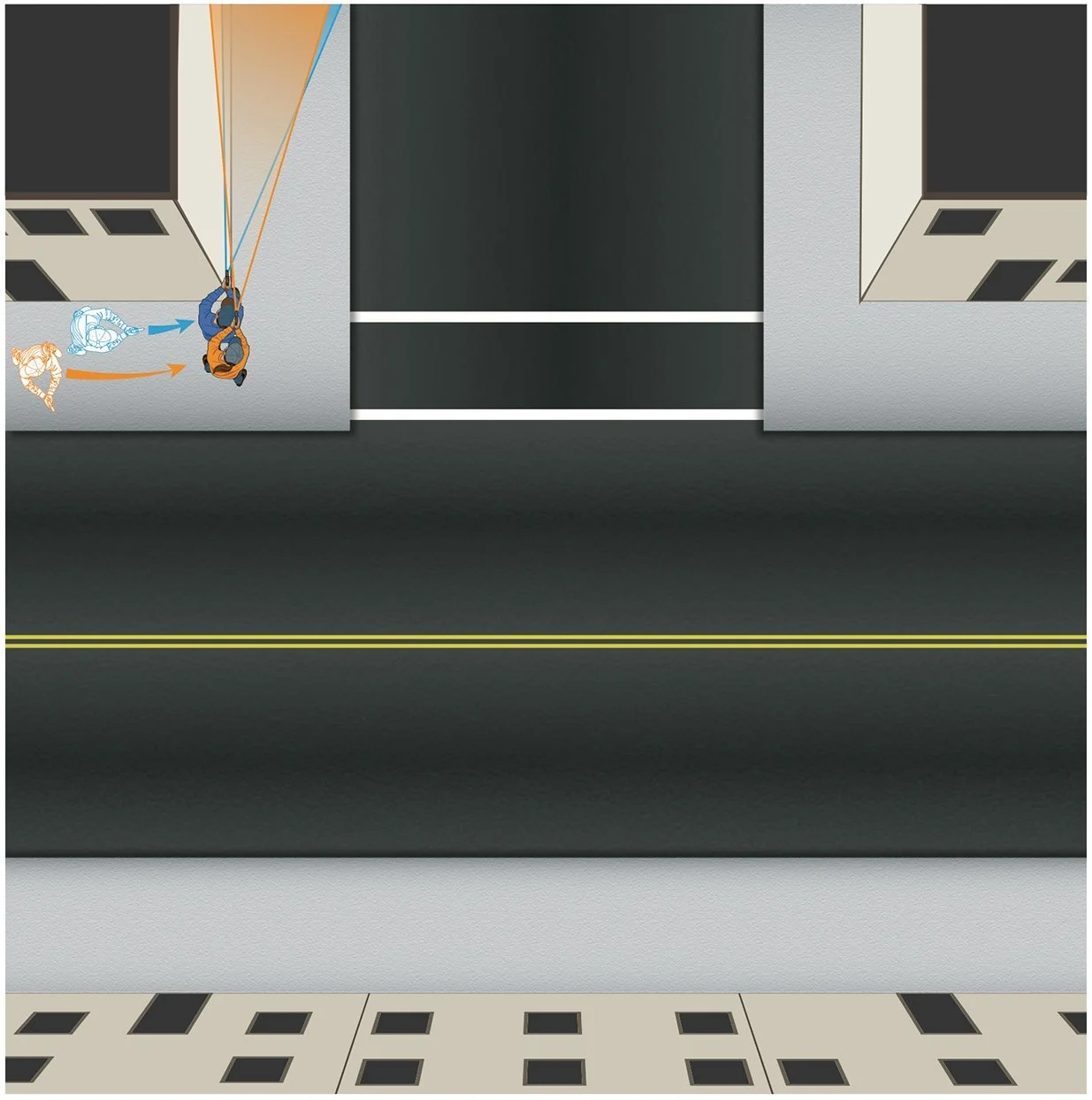Two-Person CQB: Fighting Outside of Buildings (Part 2)
This short article is taken from our Two-Person CQB Online Course and companion book. It provides a brief discussion of how to move and fight in the street or in-between buildings in an urban environment. The last installment in this two-part article focused on cover and concealment. This second part focuses on crossing alleys and streets. We welcome your reactions, comments and ideas on our Facebook page and if you like the article, click below to check out our free preview of the Two-Person CQB Online Course.
Review of Urban Movement Fundamentals
If you have to move through an urban environment where threats could emerge from any building or direction, you must be prepared to move tactically in the safest way possible. Urban movement tactics are particularly useful for dealing with terrorist attacks or active shooter (deadly attacker) scenarios. In these scenarios, the adversaries will most likely not barricade themselves in one building but will probably move freely from building to building, attempting to cause maximum destruction.
To protect yourself against a terrorist or deadly attacker threats, you must know how to move outside of buildings. The most critical question when moving between buildings is whether you are under fire or not under fire. If you are not under fire, you can move down the street with your partner with weapons holstered or at the ready. If you take hostile fire, you must employ more deliberate maneuver in order to minimize exposure. As always, the first option is to escape the situation and create distance between you and the threat. When maneuvering, it is best to move away from the adversary and encourage others to escape, covering them as they move.
When maneuvering under fire, you must strive to always have one person who is moving while the other person provides cover. You should avoid trying to move and shoot at the same time while exposed in the street without cover or concealment. Instead of trying to move and shoot at the same time, which greatly reduces accuracy, you should sprint as quickly as possible to the next covered position and then return fire from a more stable firing platform. This will reduce your exposure, increase your shooting accuracy, help you conserve ammunition and reduce your chances of accidentally shooting an innocent person.
When fighting in the street, you should always take maximum advantage of cover and concealment. This is the single most important factor that can improve your chances of survival. You should take cover behind solid walls or cars, rather than objects like bushes, wooden benches, mailboxes or lampposts which offer inadequate protection. When using cars for cover, you should position yourself behind the engine block and wheel well for maximum protection. Even a curb can provide limited protection against bullets.
Crossing Alleys
STEP 1 - Establish Near-Side Security: If you are taking fire from an alley but have to cross it, the lead person will move around the corner and take up a covered firing position to provide cover down the alley.
STEP 2 - Sprint Across: Once near side security is established, the second person (orange) will sprint across the alley.
STEP 3 - When the second person (orange) reaches the far side, he/she will stop at the corner and take up a covered firing position to provide cover down the alley. At this point the first person (blue) can drop coverage and sprint across the alley to rejoin his/her partner.
Crossing Streets
STEP 1 - Establish Near-Side Security: Crossing a wide street under fire is similar to crossing an alley. As the you approach the street, the lead person will take a knee and the second person will move behind to execute a “high-low” clearing technique around the corner and cover down the street. You should cross a street under fire only if absolutely necessary. It is usually better to remain in place and engage threats from behind cover.
STEP 2 - Establish Far-Side Security: After executing the high-low technique and engaging/suppressing any threats down the street, if it appears safe, the standing person can sprint across the street as quickly as possible and assume a covering position on the far side.
STEP 3 - Sprint Across: Once far side security is established, if it appears safe, the person covering the near side (blue) can sprint across the street as quickly as possible to join his/her partner.
We hope you found the short article useful and once again we welcome your reactions, comments or suggestions on our Facebook page where we frequently hold constructive discussions on tactics with people from various tactical backgrounds and experience levels. Also, click above if you would like to check out the first two modules of our online course for free.







